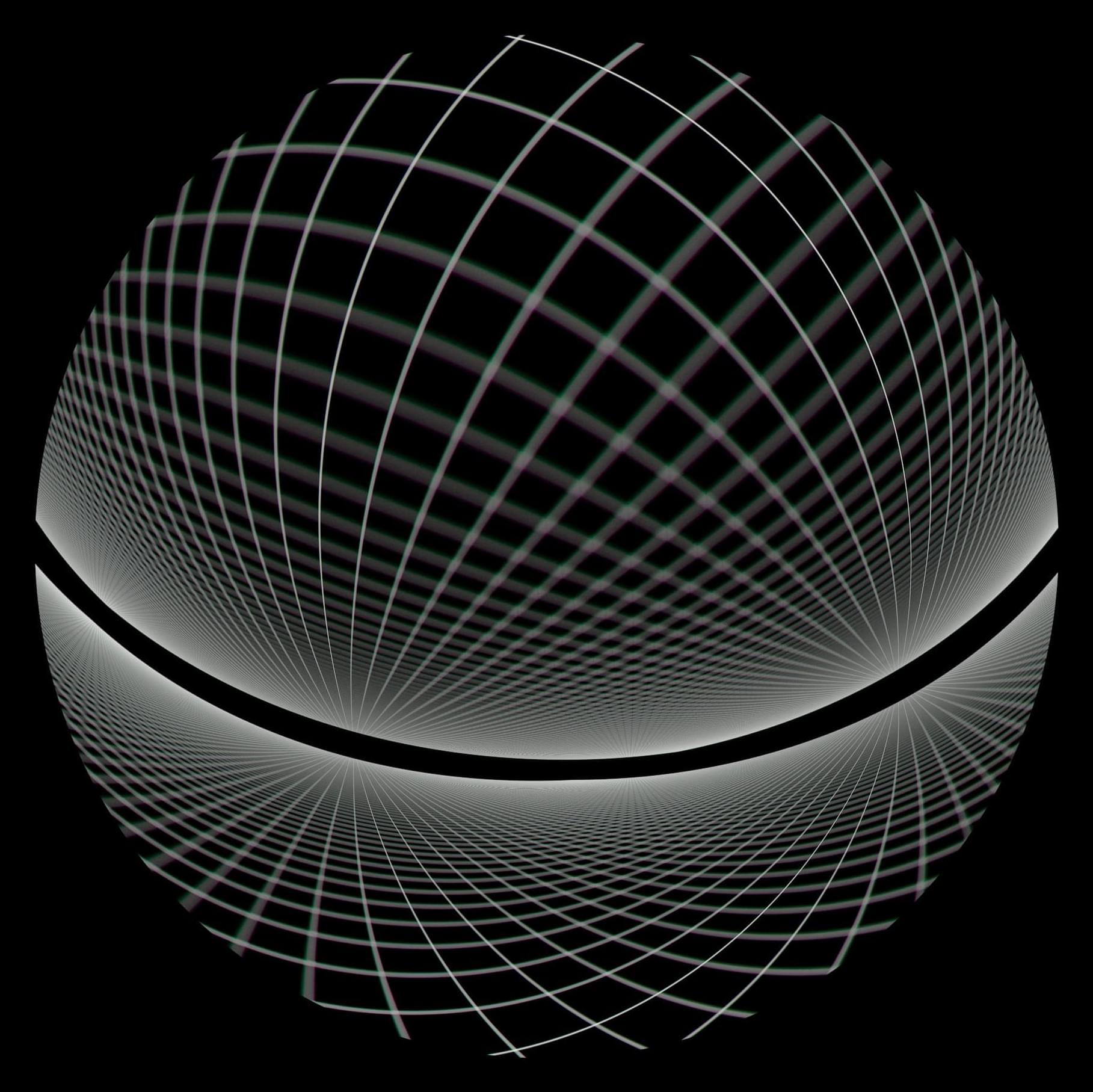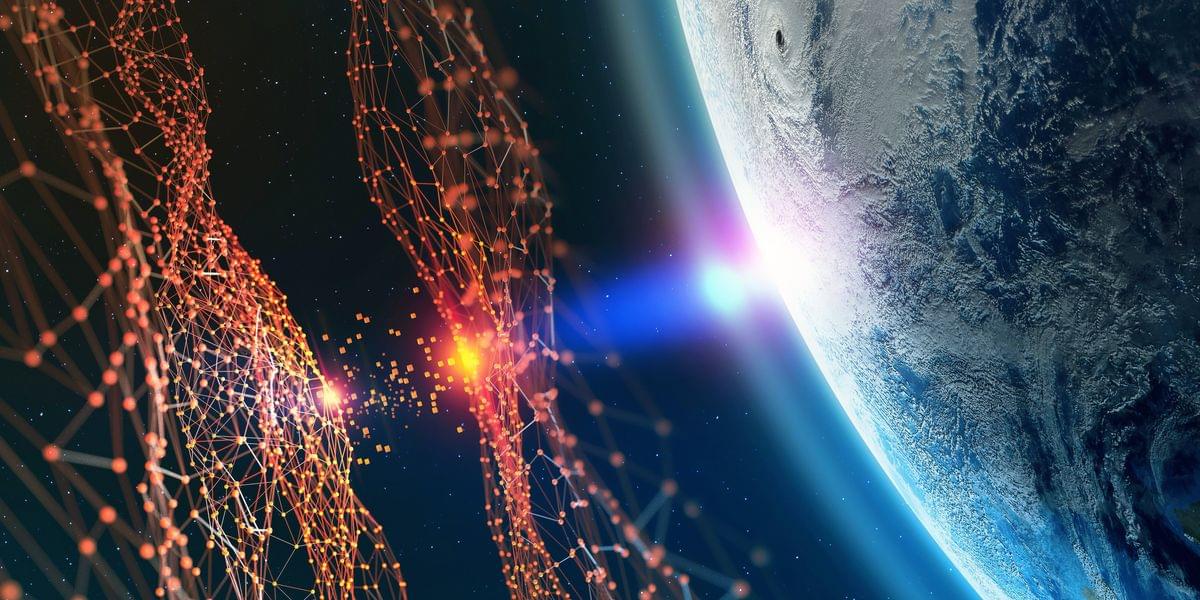To try Brilliant for free, visit https://brilliant.org/APERTURE/ or scan the QR code onscreen. You’ll also get 20% off an annual premium subscription.
AI experts from all around the world believe that given its current rate of progress, by 2027, we may hit the most dangerous milestone in human history. The point of no return, when AI could stop being a tool and start improving itself beyond our control. A moment when humanity may never catch up.
00:00 The AI Takeover Is Closer Than You Think.
01:05 The rise of AI in text, art & video.
02:00 What is the Technological Singularity?
04:06 AI’s impact on jobs & economy.
05:31 What happens when AI surpasses human intellect.
08:36 AlphaGo vs world champion Lee Sedol.
11:10 Can we really “turn off” AI?
12:12 Narrow AI vs Artificial General Intelligence (AGI)
16:39 AGI (Artificial General Intelligence)
18:01 From AGI to Superintelligence.
20:18 Ethical concerns & defining intelligence.
22:36 Neuralink and human-AI integration.
25:54 Experts warning of 2027 AGI
Support: / apertureyt.
Shop: https://bit.ly/ApertureMerch.
Subscribe: https://bit.ly/SubscribeToAperture.
Discord: / discord.
Questions or concerns? https://underknown.com/contact/
Interested in sponsoring Aperture? [email protected].
#aperture #ai #artificialintelligence #pointofnoreturn #technology #tech #future


